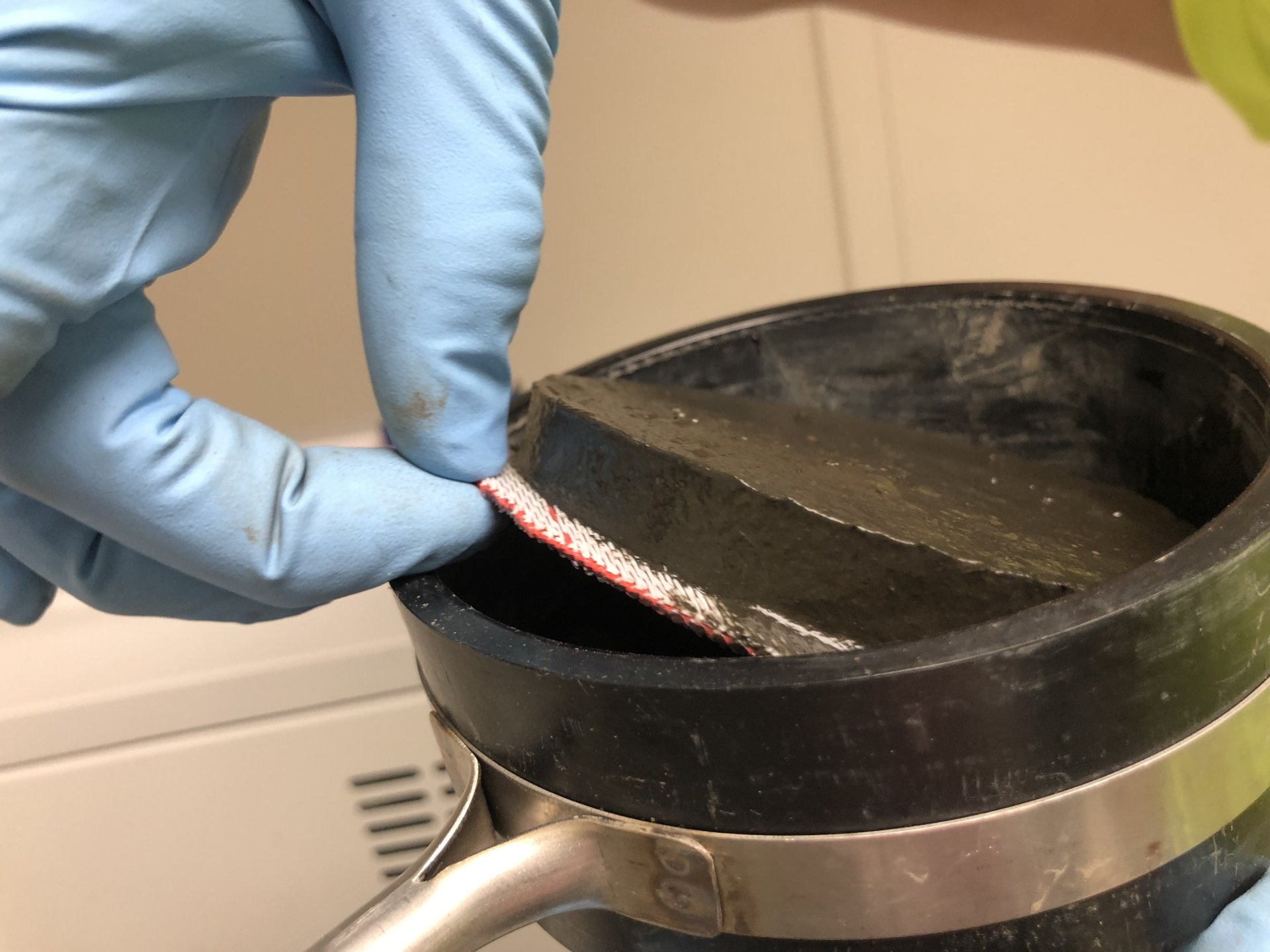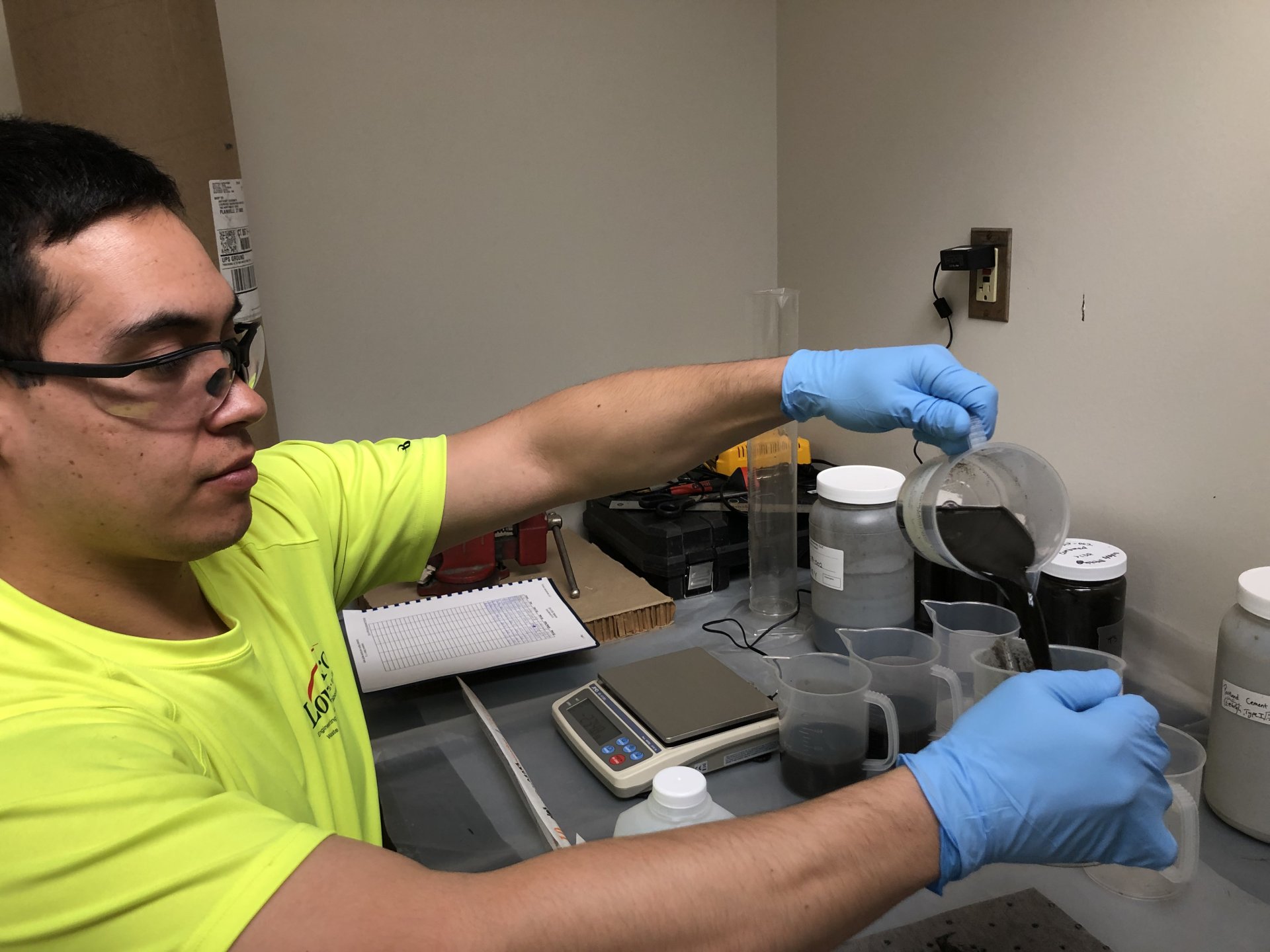

Loureiro conducted a treatability study to evaluate mechanical dewatering as an option for removal of free-draining liquids from above Land Disposal Restrictions (LDR) sediments. The results showed that a plate and frame filter press outperformed belt filter press and centrifuge technologies, producing the densest filter cake and clearest elutriate. The properties of the filter cake created during treatability trials of plate and frame testing were used for scale-up analysis.
An analysis was performed to compare transportation cost savings versus installation and operating costs for a dewatering system. The alternate treatment approach to dewatering for above LDR sediments was to solidify the material to comply with the paint filter test. For dewatering to be the preferred treatment method for above LDR sediments, the cost savings to ship dewatered material needed to outweigh the costs to install and operate the dewatering system. Preliminary estimates of the quantity of above LDR sediment using the available data from the pre-design investigation were less than 10,000 cubic yards. Due to this limited quantity of above LDR sediment, the analysis concluded that processing sediment by dewatering would be more expensive than shipment of solidified material. Solidification was therefore the recommended treatment method for above LDR sediment.
The treatability study recommended Portland cement as the pozzolan for solidification at a range of 5 to 7% by weight for below LDR sediment to satisfy RIRRC requirements. The minimum amount of Portland cement required to achieve compliance with the paint filter test (less than 5%) was added to above LDR sediment.






